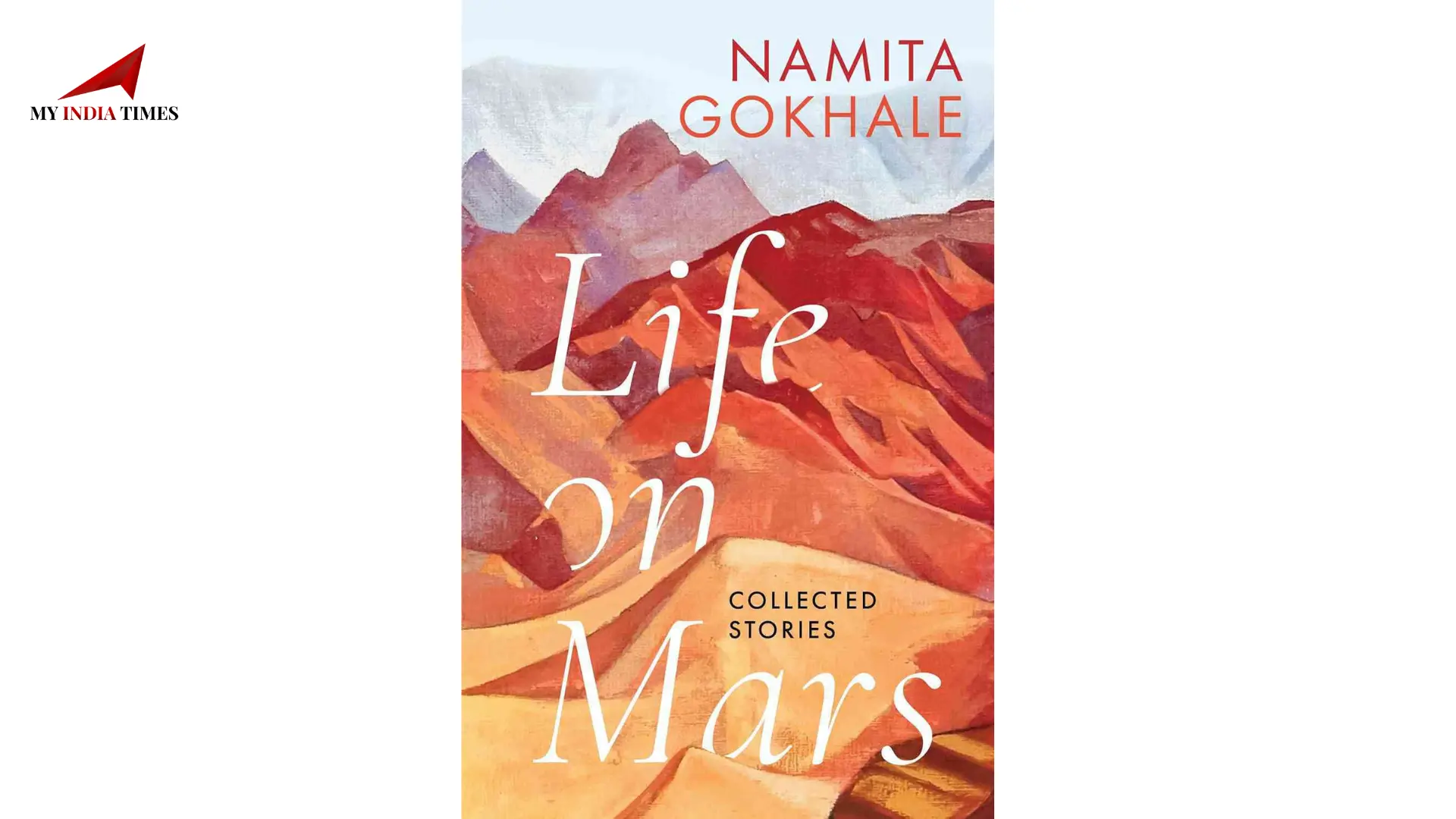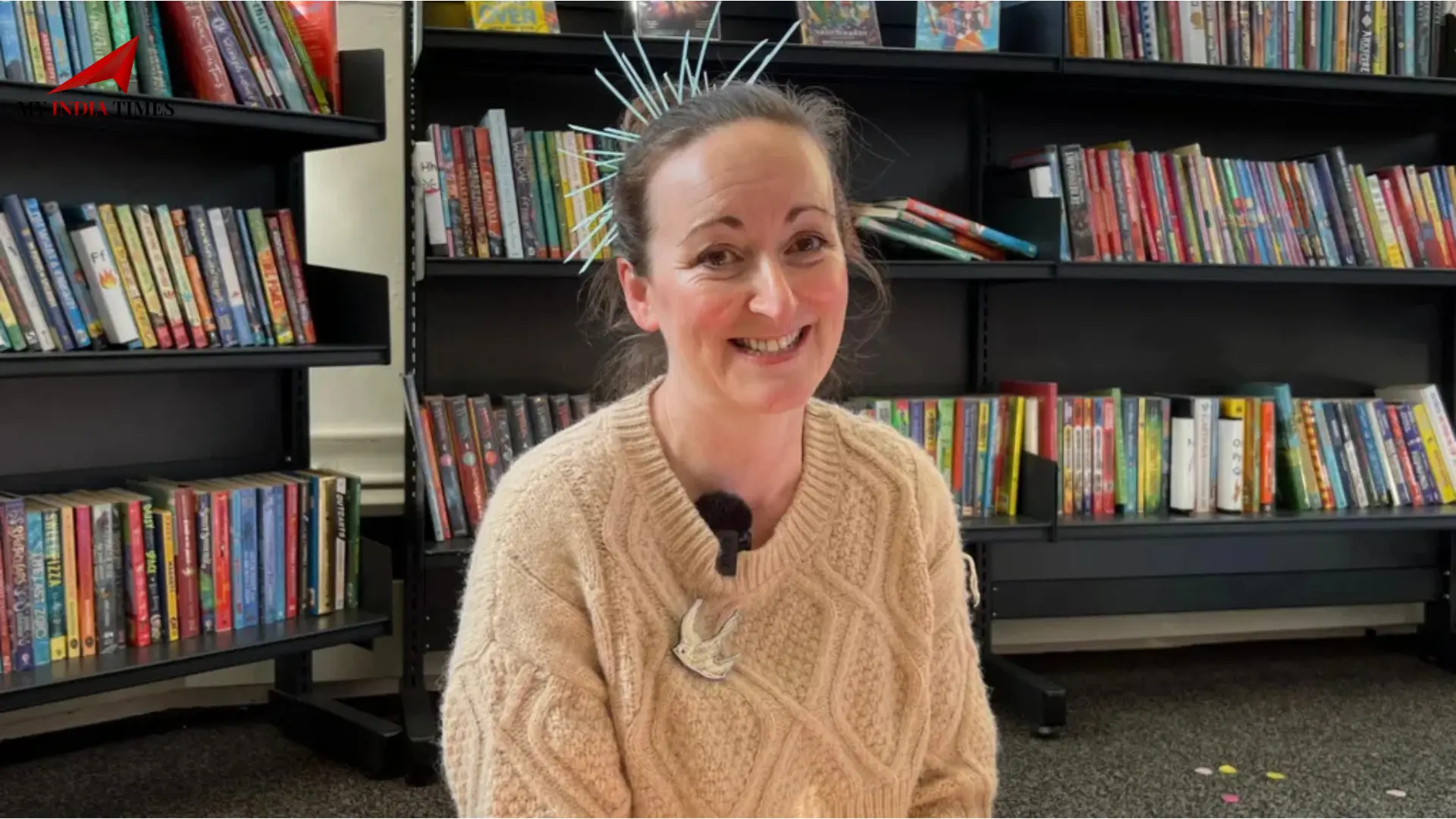Namita Gokhale’s new short story collection, Life on Mars, delves deep into the multifaceted nature of love, presenting it as an unstoppable, at times destructive force. This book has sixteen stories split into two sections, and they both dive into love—how it can change us, what it does to our lives, and what happens after the love fades. Gokhale paints love as this wild creature that, once you let it loose, can really shake things up in your life. It can completely change you in ways you never saw coming. While love is super important for freeing our souls, it can also be heavy and overwhelming for anyone brave enough to really dive into it.
Love’s Dual Nature: Joy and Suffering Intertwined in "Life on Mars"
In Life on Mars, Gokhale draws on the contrasting experiences of women—particularly middle-aged ones—who have faced the agony and joy that come with love. The first section, "Love and Other Derangements," tells the stories of women whose lives have been really impacted by struggles in love and family. These tales dive into the messy and sometimes tough realities of love, showing that while love can be a freeing experience, it’s also got its share of risks. Gokhale’s characters deal with the heavy baggage of unfulfilled marriages, cheating, and the quiet sadness that comes with motherhood. Their journeys, marked by sadness and desire, remind us just how brief love can be and the emotional scars it can leave behind.
The Aftermath of Love: The Tension Between Liberation and Loss in Gokhale’s Tales
The women in Gokhale’s stories often face the aftermath of love—the way it evolves, fades, or morphs into something unrecognizable. In Life on Mars, love is shown as an entity that can inflate into monstrous proportions, leaving people struggling to recognize it. The stories in the second section, "The Mirror of the Mahabharata," draw inspiration from the epic to parallel the experience of modern women. Gokhale’s retelling of ancient myths reveals the timeless nature of love’s complexities, including sacrifice, betrayal, and the ceaseless march of fate. By connecting these ancient narratives with contemporary struggles, Gokhale captures the enduring emotional battles women face, making the collection deeply relevant to readers today.

Mythical and Contemporary Intersections: The Reimagining of Ancient Tales in Gokhale’s Short Stories
Gokhale frequently draws on mythology and epics throughout the collection, making them not just a backdrop but a powerful commentary on modern femininity. The first story, "Savithri and the Squirrel," reimagines the tale of Savithri’s devotion and sacrifice, intertwining it with the mundane yet profound life of a middle-aged woman trapped in an unsatisfactory marriage. Her devotion to the squirrels and her hope for divine intervention evoke the mythical, yet the emotional resonance of her life remains undeniably contemporary. Through such stories, Gokhale explores the tension between mythological ideals of love and the harsh realities of everyday relationships, creating a unique space for readers to reflect on love’s many forms.
Love and Loss in the Modern World: Pandemic, Isolation, and the Quiet Comfort of Human Connection
The Covid-19 pandemic is a shadow that looms over many of Gokhale’s stories. In Life on Mars, she explores the isolation and heartbreak that defined the pandemic years. The story "Whatever is Found in the World" poignantly captures the fleeting and fragile nature of connection during those uncertain times. It portrays a middle-aged couple who, in the midst of a global crisis, find solace in a brief and unpretentious relationship formed through an online support group. Their bond is built on shared vulnerability and authenticity, demonstrating how even in the darkest of times, love can manifest in unexpected ways. However, like the pandemic itself, their relationship is cut short, underscoring the ephemeral nature of human connections.
The Impact of Death and Grief on Love: Celebrity Deaths and Parasocial Relationships
In Gokhale’s Life on Mars, love’s afterlife is also explored through the lens of grief, particularly in how we mourn public figures or celebrities. In stories like "Grand Hotel I" and "The Day Princess Diana Died," the author reflects on how celebrity deaths evoke personal grief and affect people who never truly knew the individual. These parasocial relationships are paradoxical—public figures can feel like intimate presences in our lives, yet their passing is marked by a kind of distance. Through these stories, Gokhale explores the notion that love, even for those we do not know personally, can be shaped by the media, the narratives around them, and the emotional projections we attach to their lives.
The Interplay of Fate, Love, and Grief in the Mahabharata-Inspired Stories of "Life on Mars"
The second section of Life on Mars, "The Mirror of the Mahabharata," offers a new perspective on ancient epics, focusing on the voices of the women and lesser-known characters from the Mahabharata. In the story "Chronicles of Self-Exile," we witness the emotional toll of Gandhari, who sacrifices her sight as a gesture of loyalty and love to her husband. The narrative, told from the perspective of her maid Zara, highlights the profound inner turmoil and grief of a woman bound by duty yet haunted by personal sorrow. These retellings of the Mahabharata do not only explore the grand themes of sacrifice but also offer a fresh, feminist perspective on the often-overlooked emotional lives of its female characters.
The Eternal Cycle of Love, Grief, and Growth in Gokhale’s "Life on Mars"
The stories in Life on Mars are deeply interwoven with themes of grief and the cyclical nature of love. Mothers and daughters argue but remain deeply connected; husbands and wives endure unspoken pain, but still, they stay. Through the lens of family dynamics and the emotional costs of relationships, Gokhale portrays love not as a constant state of bliss but as a force that is as much about loss and resilience as it is about joy and connection. The fleeting nature of happiness is captured throughout the collection, yet in the wake of loss, love, in its many forms, remains as an indelible part of life’s fabric.











